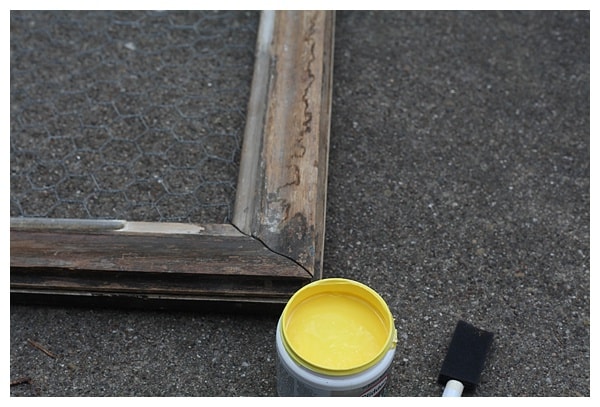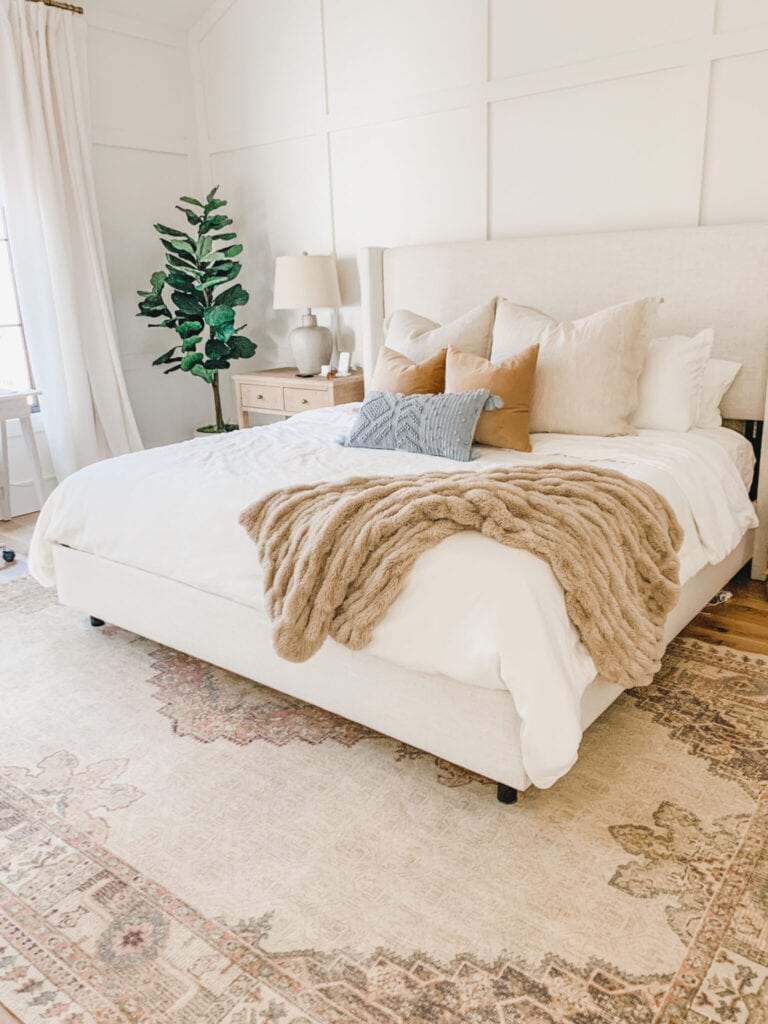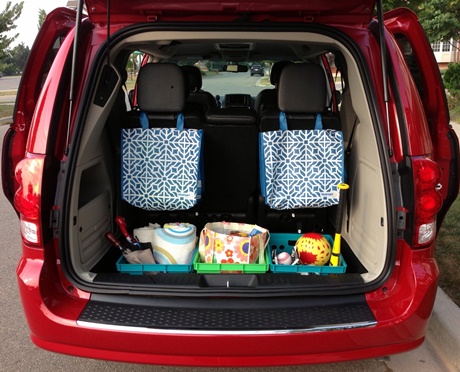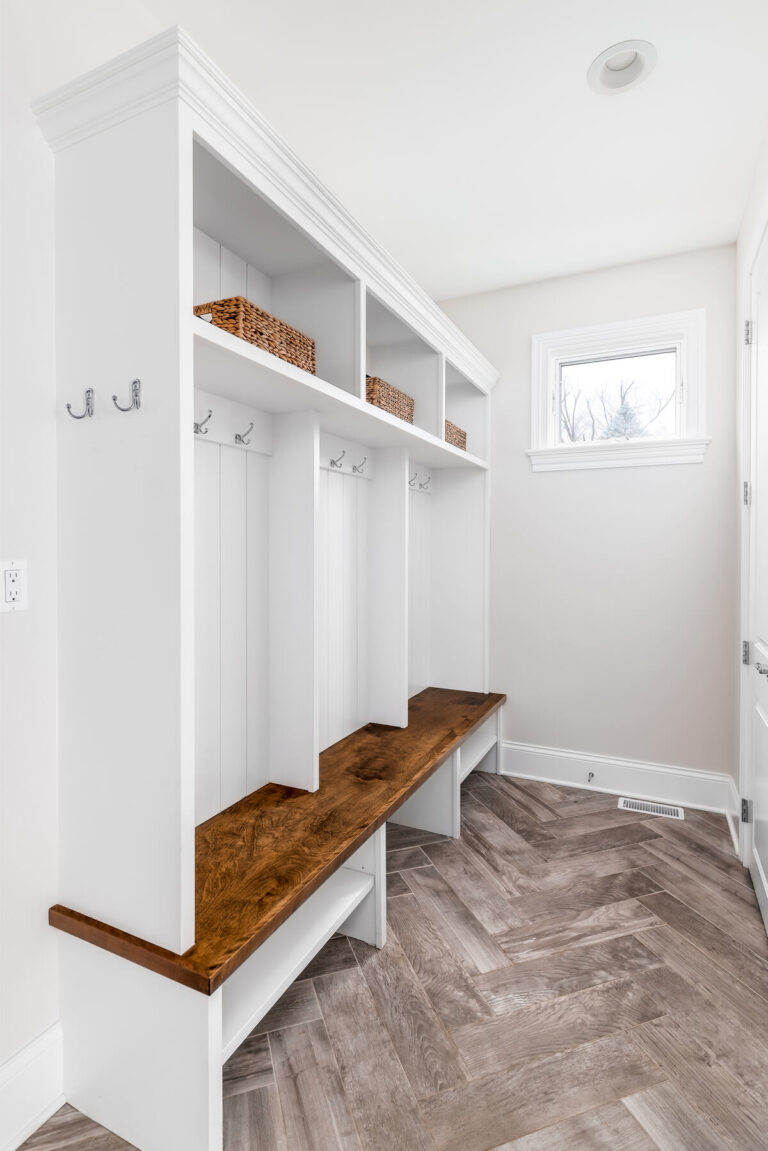Organizing Paper Clutter: 11 Tips to Cut the Clutter!
Organizing paper clutter is no small feat, mostly because paper clutter builds up like crazy! Though a piece of paper is ultra-thin, a stack of paper is far from a space-saver. Bills, expired coupons, birthday cards, and keepsakes – it all adds up! Learn how to cut down on paper clutter in your home with 11 easy-to-apply tips and tricks.

Does your home have paper clutter?
If your answer is no – you’re a wizard (or just a super experienced declutterer). No matter how tidy you keep your house, paper is that ever-present force that’s somehow always there!
If you’re looking at decluttering your home, I highly suggest tackling the mammoth task that is paper clutter.
Though we’ve cut back on paper in a lot of ways over the years, we still accumulate an unseemly amount of excess paper.
And though paper doesn’t seem like it takes up that much space, looks can be deceiving. Paper bits collect in drawers, file folders, and stacks around your home. Not only is this a space-stealer, but it can be difficult to find the papers that you need!
So are you ready to cut down on paper clutter (and keep it down)? I have 11 tips for organizing paper clutter in your home and getting rid of all the excess.

Examples of paper clutter
So what does paper clutter look like exactly? Well, it comes in a lot of different forms.
While we often have a lot of paper lying around the house, very little of it needs to be kept; in the long run, this is all clutter.
Some examples of paper clutter include:
- Paper bills
- Junk mail
- Expired coupons
- Old magazines
- School reports
- Notes and lists
- Greeting cards
- Takeout menus
- Abandoned art projects
- Assorted paperwork
11 Tips for organizing paper clutter in your home
Though decluttering can seem overwhelming to begin with, these easy tips will help you permanently pare down your paper clutter.

1. Start with a purge
There’s no use organizing clutter before paring it down first. The first step of every decluttering process should be a purge!
Some papers, like expired coupons and junk mail, are immediate goners. Toss your paper trash before digging deeper into your declutter.
2. Give transient paper a home
Certain bits of paper just get tossed wherever. Bills, receipts, and letters crowd a kitchen countertop faster than you can say 1-2-3!
For these transient papers, ones that need attention before they’re discarded, try finding a single spot for them to belong.
This can look like a simple file folder or a catch-all bin – whatever you find easiest to stick with. At the end of the week, you can go through these transient papers, use them for their purpose, and recycle them!
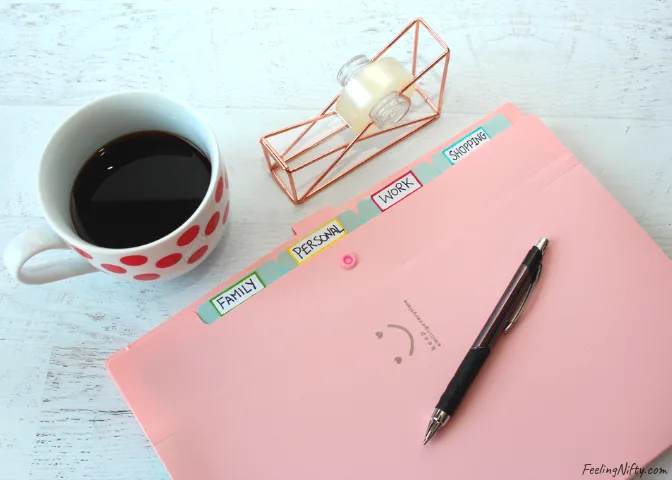
3. Do it now, not later
A good rule of thumb when dealing with excess paper clutter is to deal with it as soon as it comes into your life.
Get a piece of junk mail? Recycle it immediately! Paid your electric bill? Send it to the shredder!
With this method, you’re eliminating paper clutter before it can even materialize.
4. Go paperless
Organizing paper clutter is way easier when you have less of it, to begin with. There are so many paperless options now – you just need to opt-in!
You can receive bills, magazines, and newspaper subscriptions, all to your email.
Take a day to examine a week’s worth of mail. What in your mail can you change to an online delivery method?
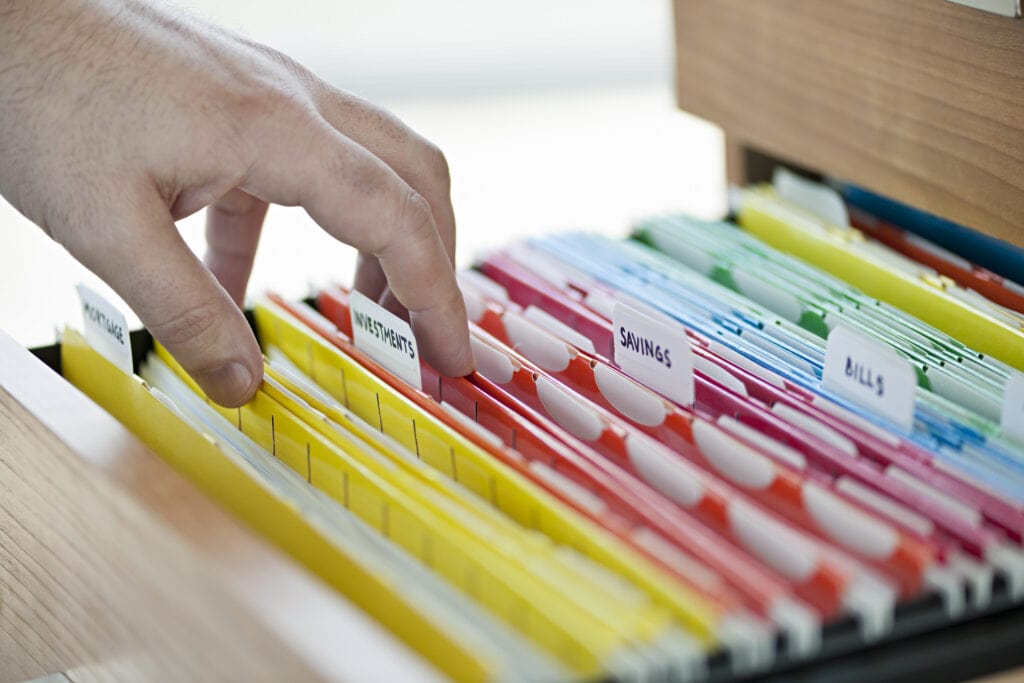
5. Get scanning
We all have important paperwork that we can’t just trash. Instead of keeping physical file folders, however, you can choose to go digital!
Scan important paperwork, photographs, birthday cards, and more! You can keep them in secure, digital storage that takes up zero space in your home.
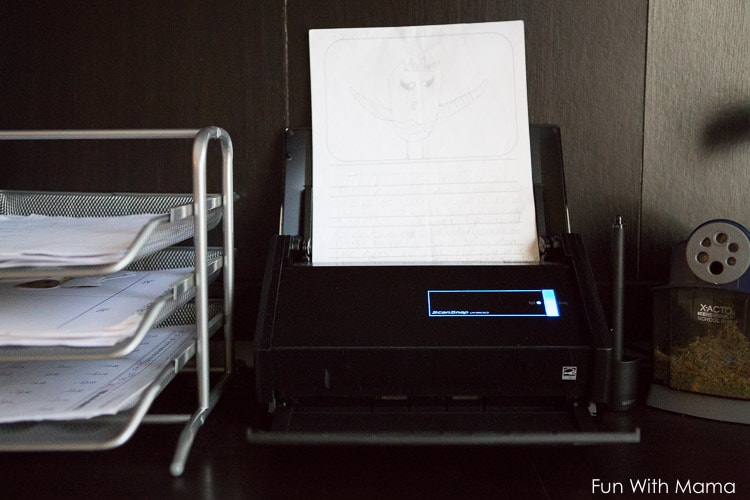
6. Digitize notes
For type-a personalities, it’s common to write down frequent thoughts, notes, and lists to help keep your mind organized.
If your home is plagued by copious amounts of sticky notes and to-do lists, consider digitizing your daily writing.
You can use a notes app on your cellphone, a writing feature on a tablet, or a good old-fashioned document on your desktop – whatever works for you!
7. Make a memory box
If you have children, you probably have a ton of paper keepsakes around the house. And while it can be tempting to keep every bit of art or classwork your child has created, this isn’t practical in the long run.
You can make a memory box of the most special creations your child has created. This will make a wonderful memory for you two to explore together in the future years.
And for the rest, don’t be afraid to recycle some of it!

8. Examine the sentimental
It is so easy to get attached to items because of sentimental value; paper clutter is no exception.
As you’re working on organizing paper clutter in your home, consider what is actually necessary to hold on to and what you might be clinging to for sentimental reasons.
If you have an excess of sentimental papers that you don’t want to get rid of, you can add these to a memory box of your own, create artwork with it, make a scrapbook, or repurpose it in some other way.
This way, you get to enjoy these sentimental pieces and transform them from clutter into something special.
Looking for a clever upcycle? I have a whole post on how to upcycle old books into custom DIY journals here.
9. Get shredding
Some paperwork isn’t fit for recycling. Sensitive papers should always be shredded before you dispose of them.
Consider investing in a paper shredder if you find you have an excess of sensitive paperwork. If this is just a “sometimes need,” you can find public paper shredders at many office supply stores.
10. Unsubscribe!
It doesn’t matter how great you are at keeping on top of paper clutter; sometimes, there is just too much!
Unsubscribe from paper mail that you don’t need, like, or want! You can also unsubscribe from receiving junk mail online.
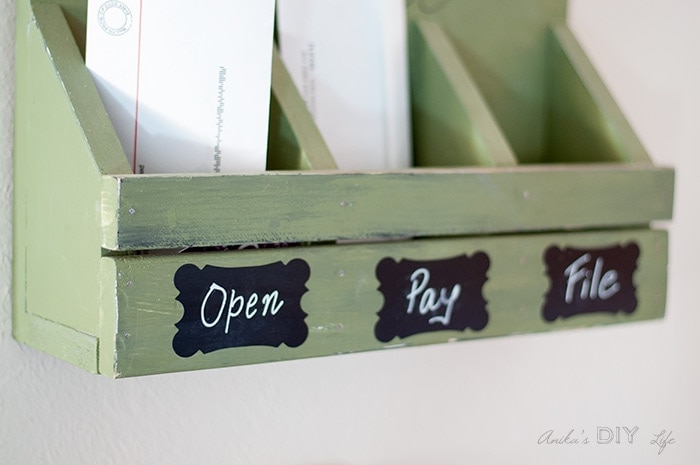
11. Practice regular decluttering routines
Organizing paper clutter isn’t a one-time process. After your first paper purge, you’ll be able to limit continual clutter by practicing regular decluttering routines.
Choose a day a week to deal with transient papers, add to your memory boxes regularly, and pick one Sunday a month to deal with all your shredding.
If you don’t keep up with decluttering, things can get overwhelming – fast.
Save yourself the stress by adopting good decluttering habits; this way, you’ll never have to do a major paper purge again!
Organizing paper clutter: Final thoughts
If you integrate a few of these decluttering hacks into your life, organizing paper clutter will become totally instinctual.
Beyond organization, these tips can also help you repurpose some of your more sentimental clutter into visual memories that you can actually enjoy.
I hope you find these decluttering hacks useful to help you cut down on pesky paper clutter. Let me know if you have any more tips in the comments down below!
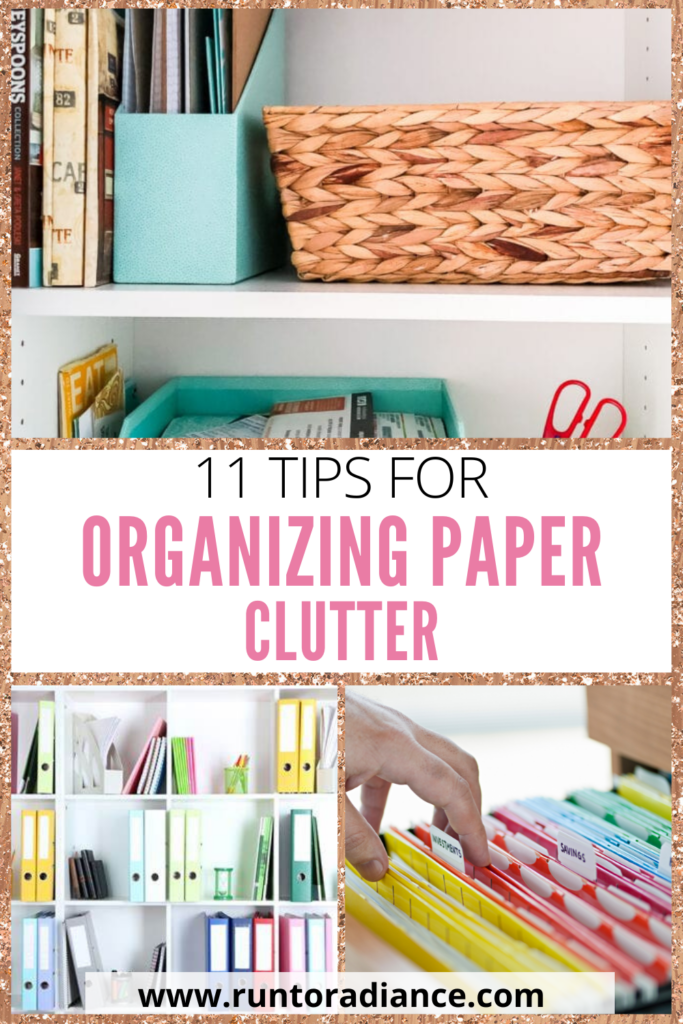
More organizing content
- How to Declutter Your Home: The 10 Best Minimalist Creators
- No Playroom? No Problem! 10 Toy Storage Ideas for Any Space
- How to Organize Your Kitchen Cabinets: Your Complete Guide!
- Home Organization Goals You Need in Your Life Today
- How to Organize a Craft Room – My Experience With a Professional Organizer
Tania Griffis is an accomplished writer, blogger, and interior designer with a Journalism degree from the University of Oklahoma. She started her popular blog, Run to Radiance, in 2011, demonstrating her design expertise through the personal remodeling of six houses to millions of readers across the globe.
Tania also owns The Creative Wheelhouse, a respected ghostwriting agency for bloggers, further showcasing her talent for creating engaging and informative content.


